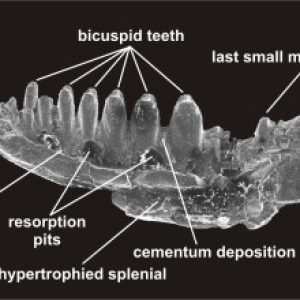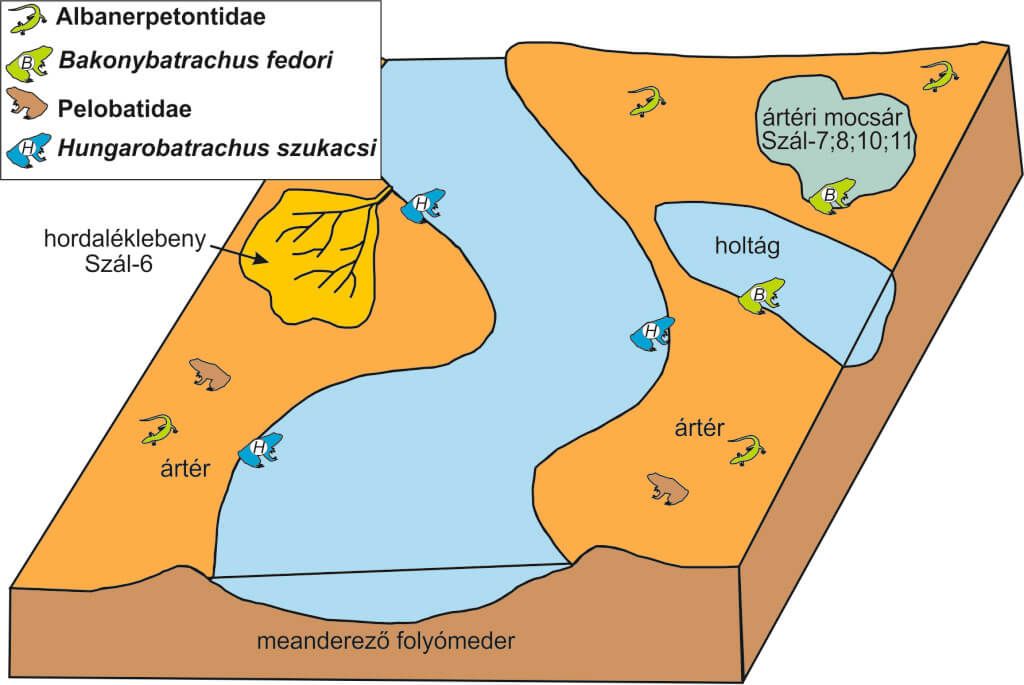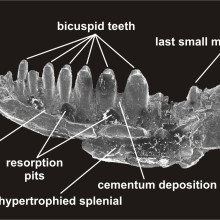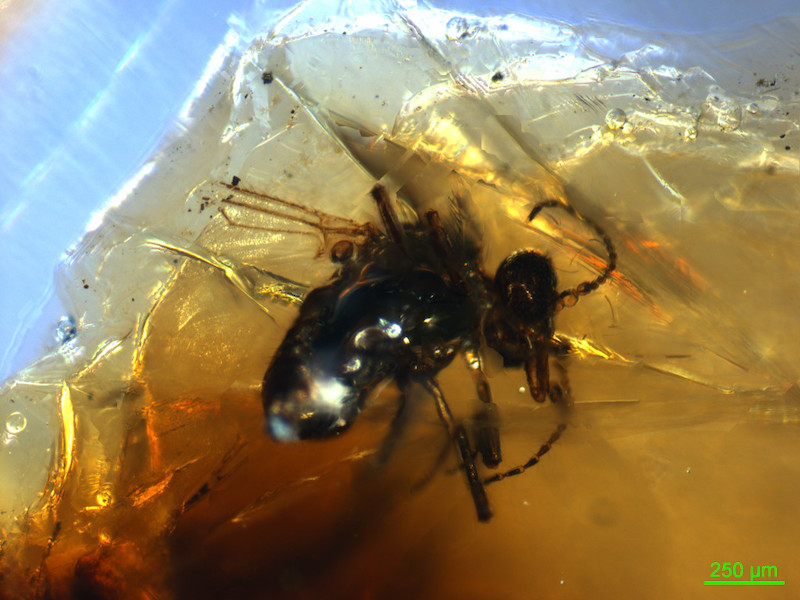
Late Cretaceous vertebrate paleobiogeography in Europe
Late Cretaceous continental sedimentary rocks are becoming rare in Europe…

The Iharkút site is rich in cranial and dental remains of small to medium sized lizards. With approximately 8-9 different taxa the lizard material is among the most diverse assemblages in the Late Cretaceous of Europe.
Besides this, the bone-yielding beds of the Csehbánya Formation deposited in freshwater environments provided a great number of mosasaur fossils that, based on sedimentological evidences supported also by stable isotope studies, represent the first freshwater occurrence of this generally marine group.
Squamates, as dominantly terrestrial components of the fauna are of great importance in a paleobiogeographical point of view. To provide a complex paleobiogeographical scenario of Late Cretaceous terrestrial vertebrates in the western Tethyan archipelago, it is essential to accomplish the taxonomical and anatomical study of all the vertebrate groups (e.g. amphibians, squamates, archosaurs) discovered at the Iharkút locality. These elemental studies result in a precise identification of the remains of vertebrates and they form the basis of later, more complex studies. On the other hand, the examination of the remains of the mosasaur Pannoniasaurus reveal more and more detail on the evolution and adaptation of the group.

Late Cretaceous continental sedimentary rocks are becoming rare in Europe…

A lot of hitherto unknown fragmentary frog skull bones unearthed from the Iharkutian Late Cretaceous (Santonian) paleovertebrate locality…

The Iharkút site is rich in cranial and dental remains of small to medium sized lizards…

Amber is fossilized tree resin, which has a unique importance since the beginning of the human history…